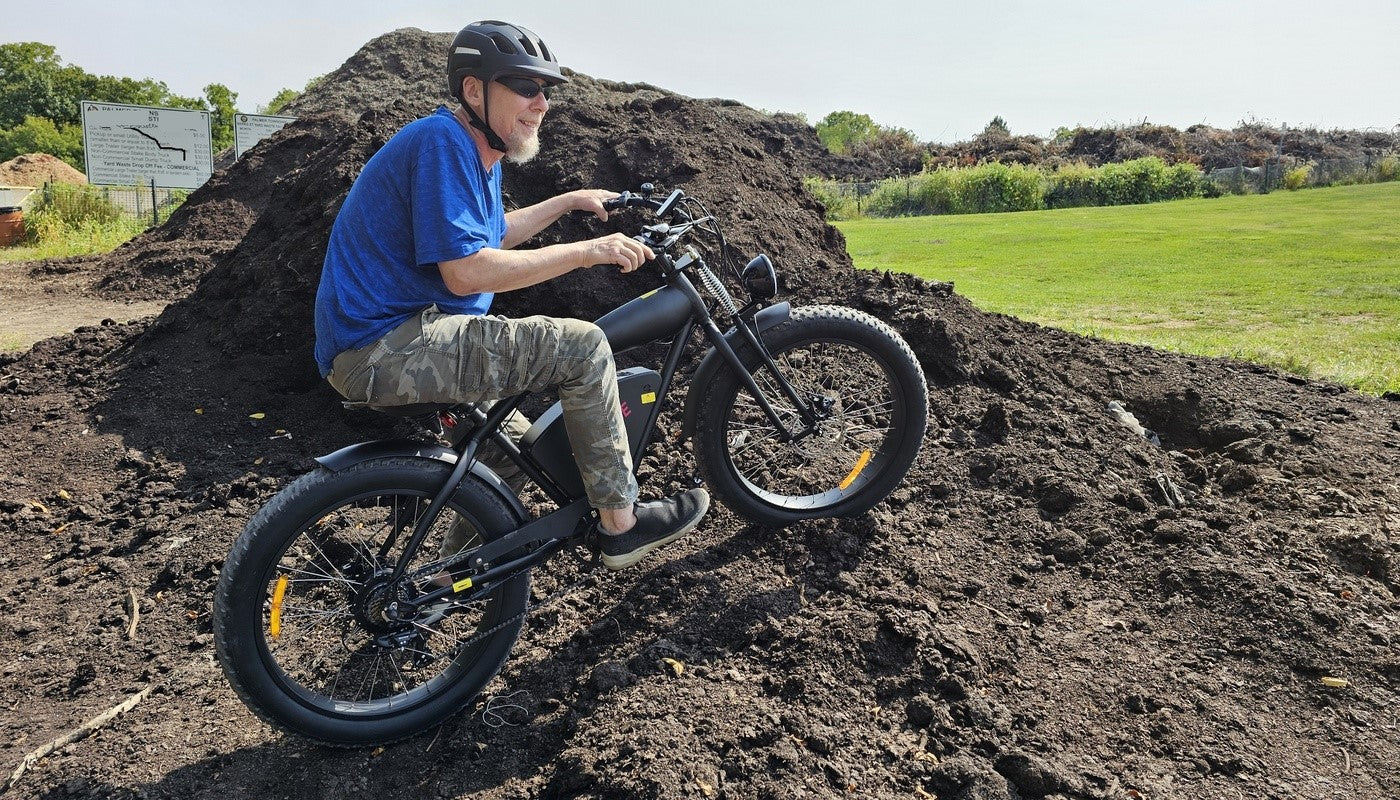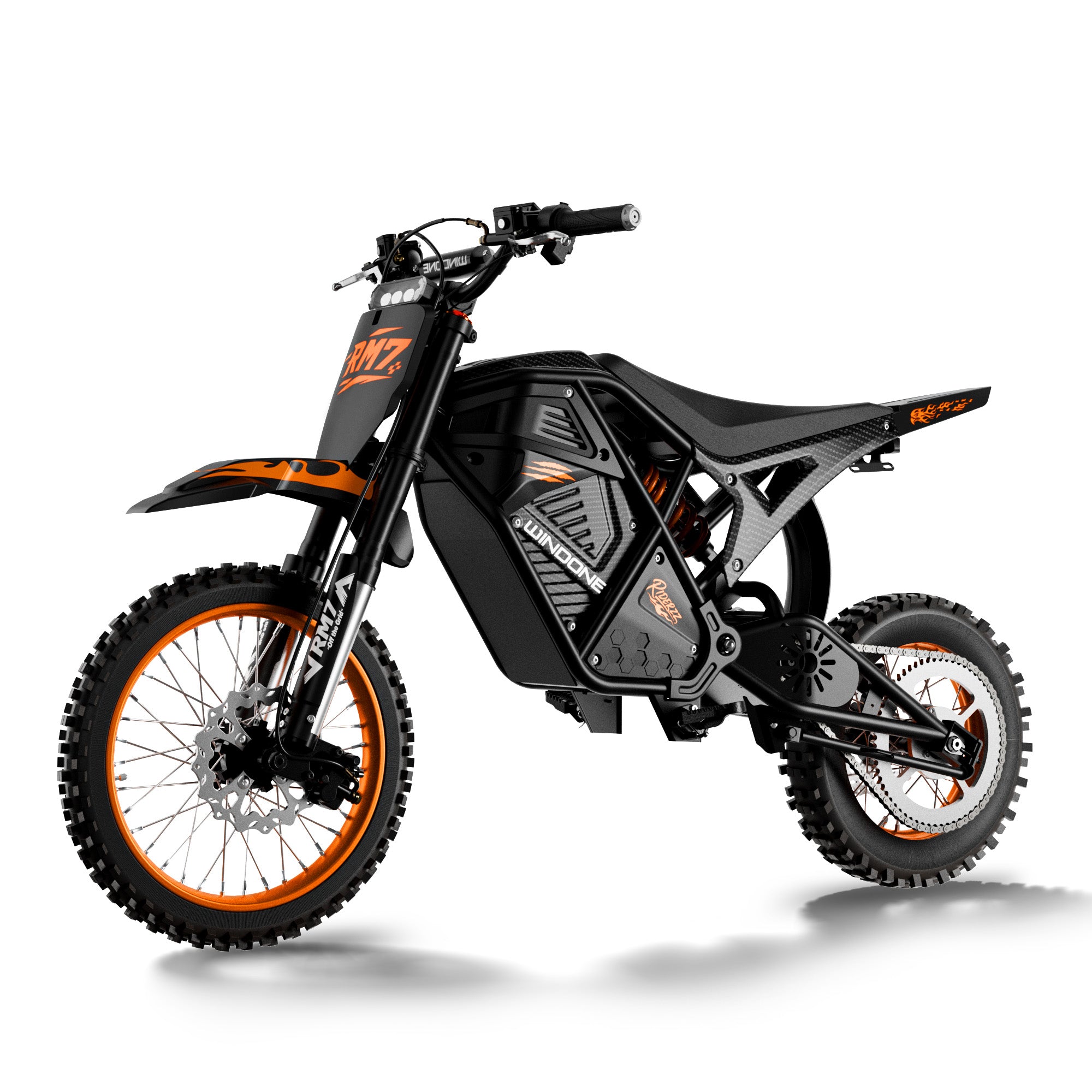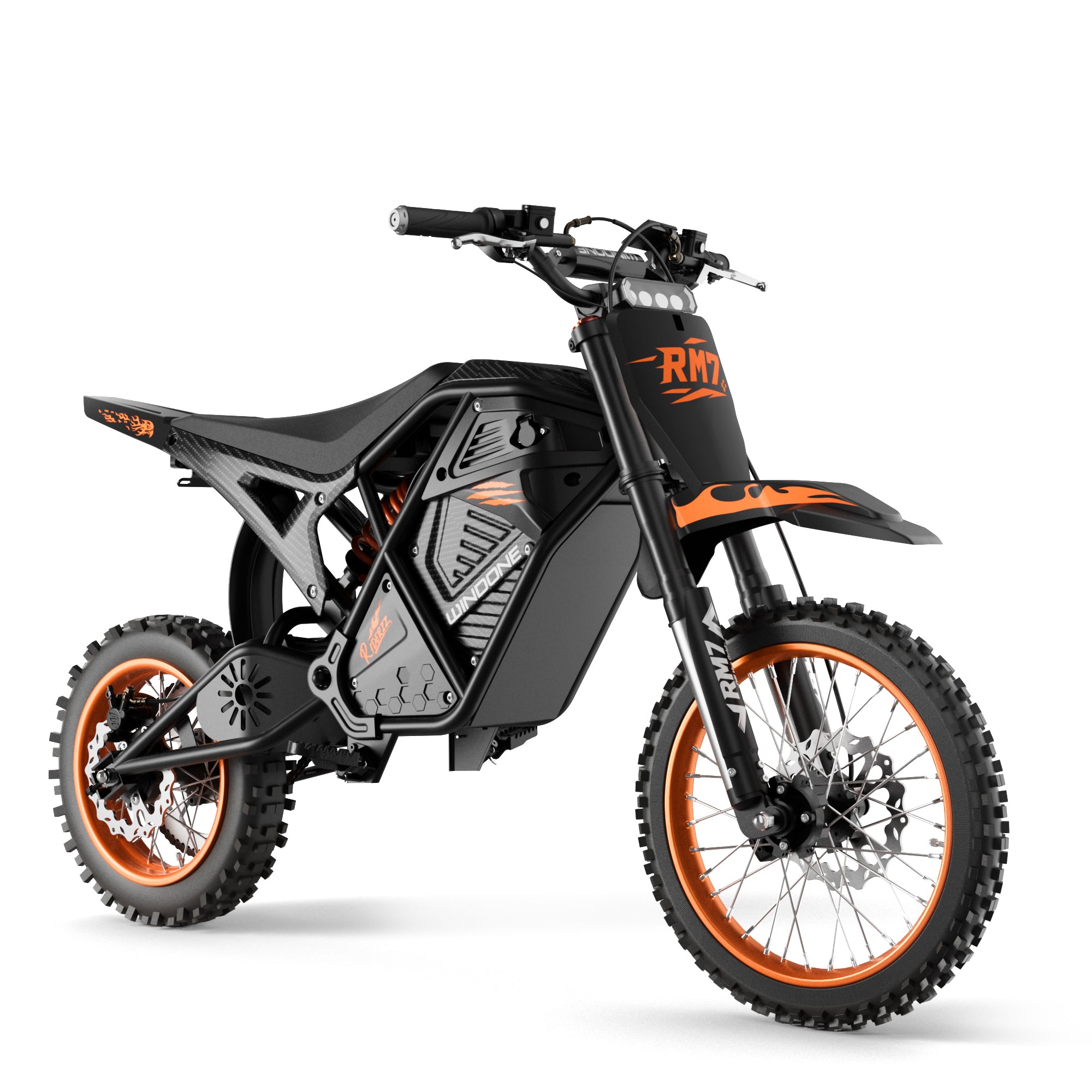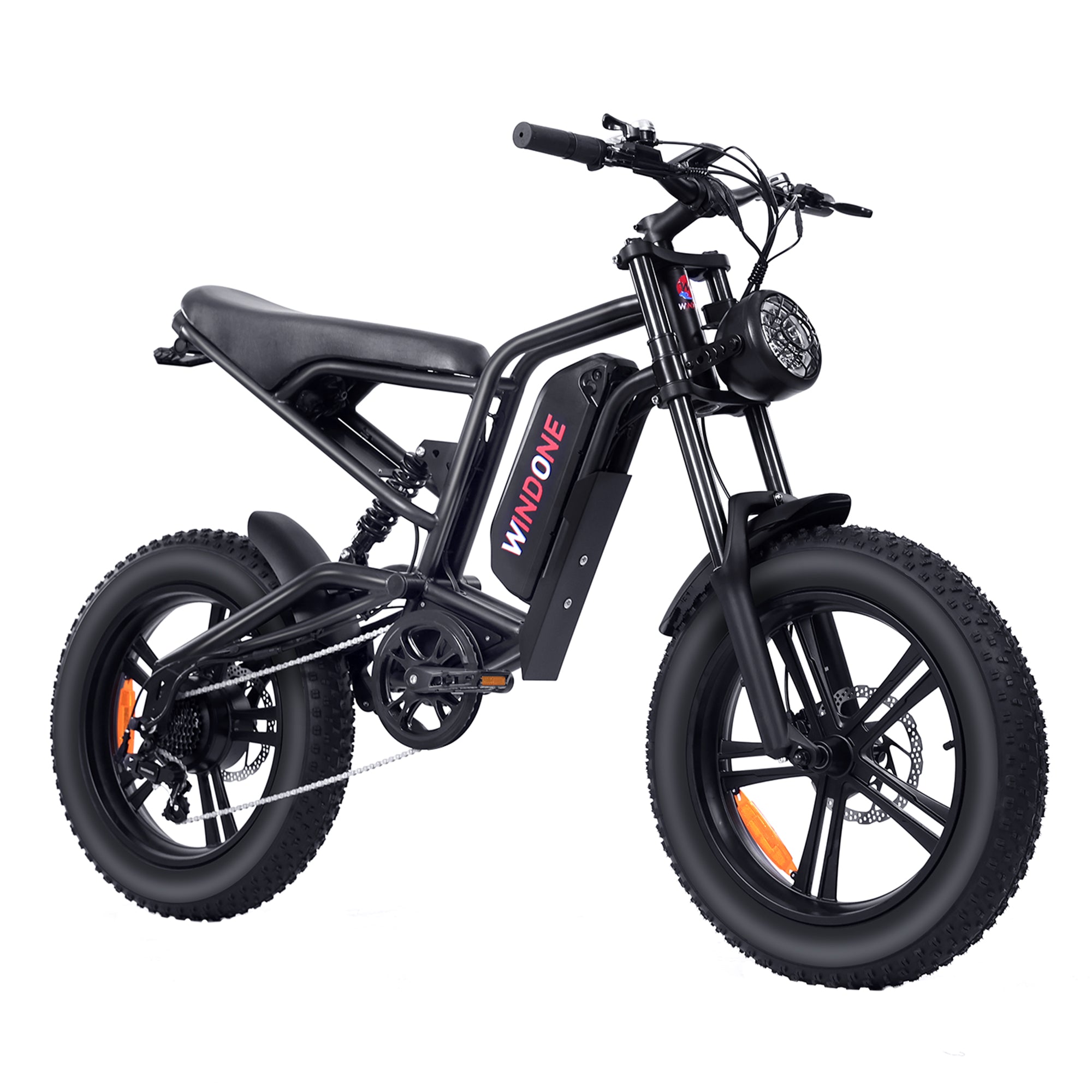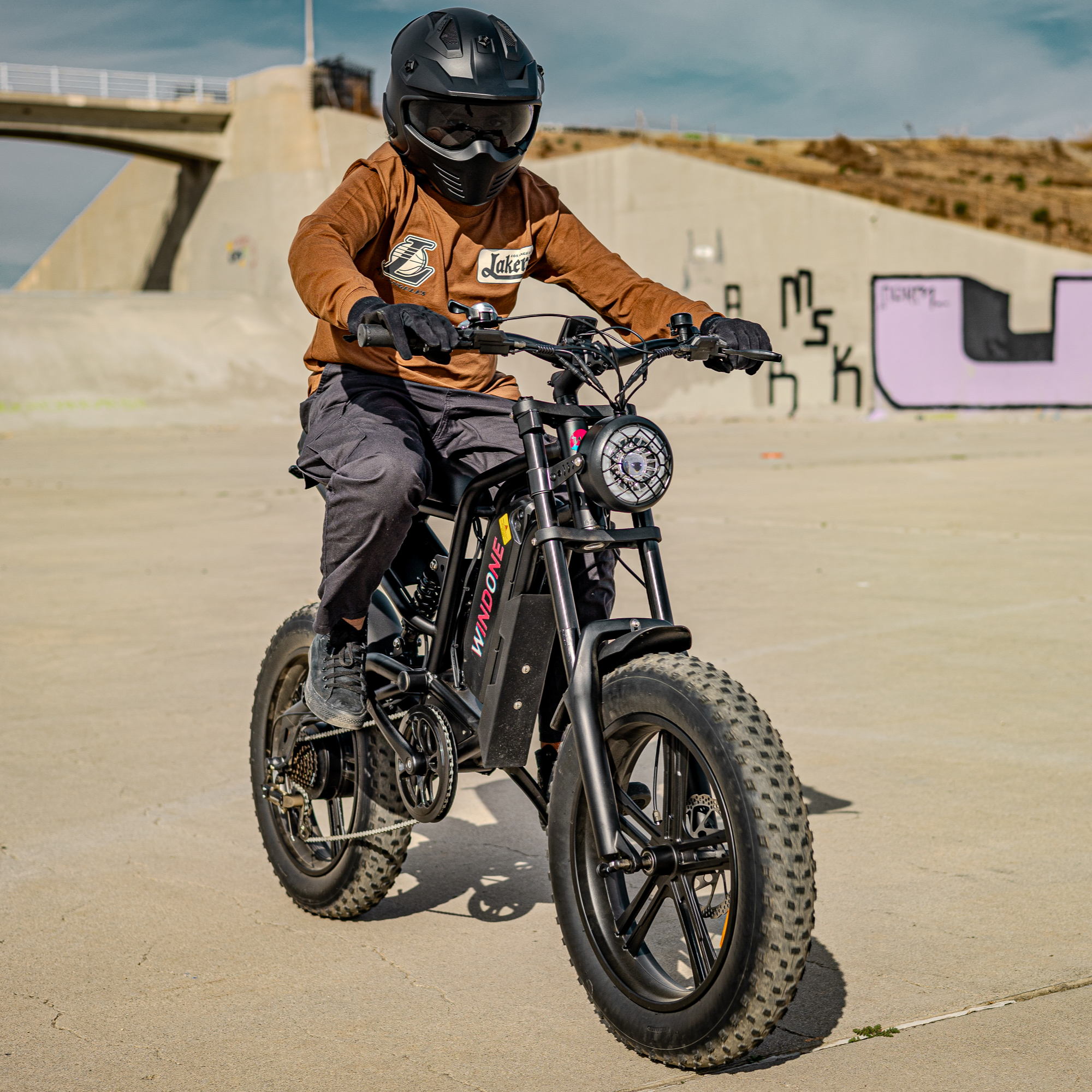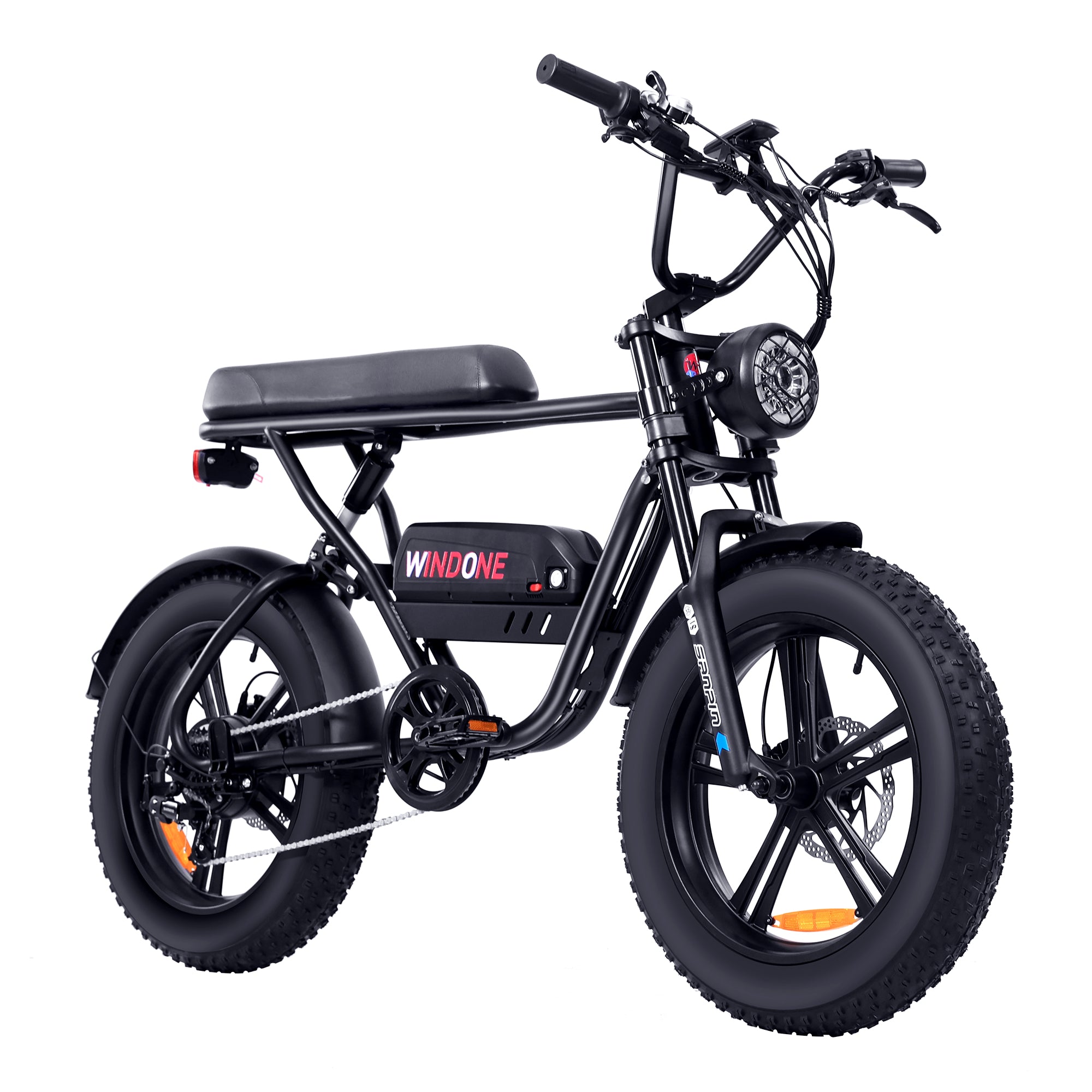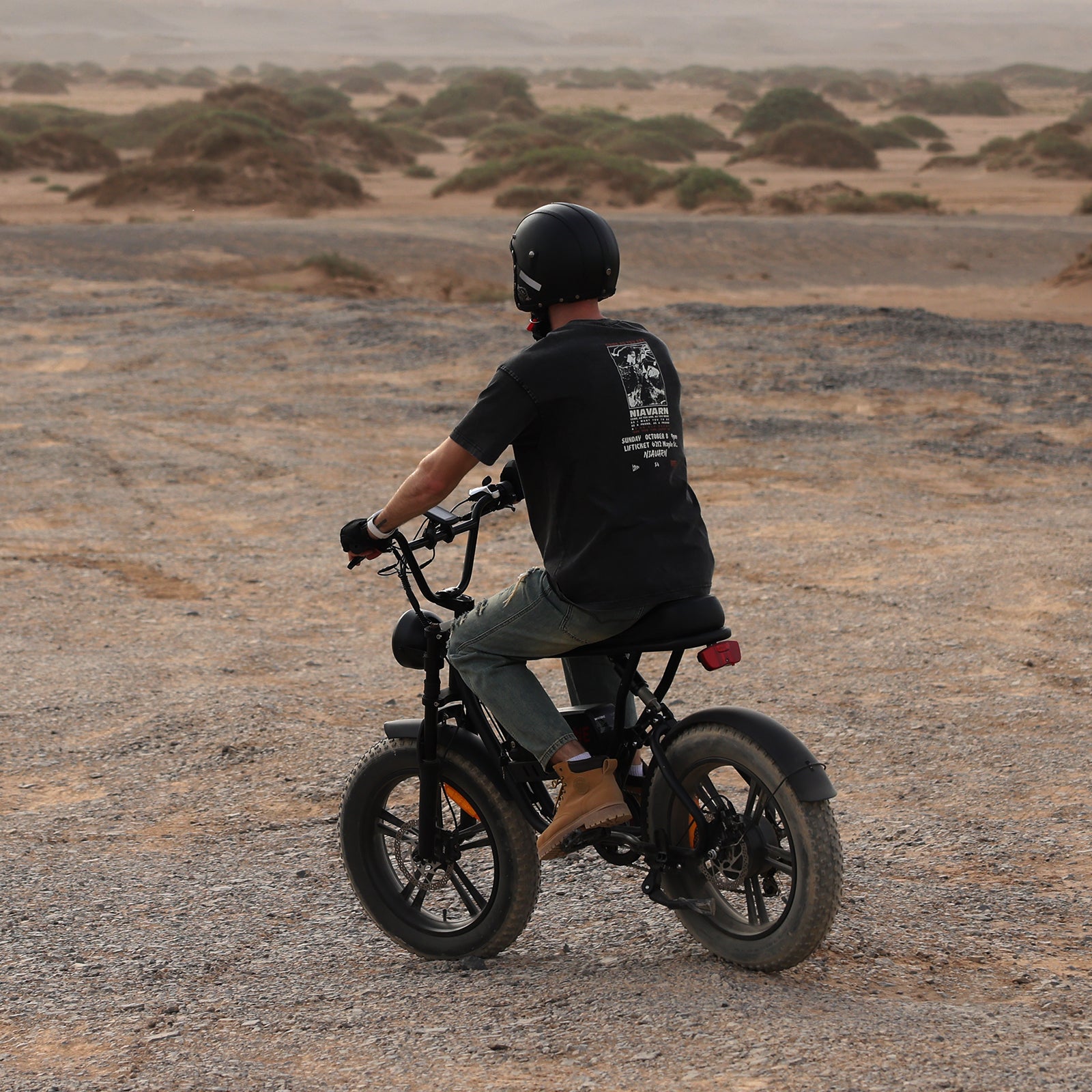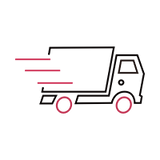E-bikes, the modern-day fusion of convenience and eco-friendliness, have taken the world by storm, evolving rapidly with technology. Among the myriad options available, a question that often piques curiosity is: How fast does a 1000W e-bike go? Let's delve into the exhilarating world of e-bike speed, dissecting the nuances and factors that determine the velocity of these fascinating machines.
Understanding eBike Power and Speed
What Does 1000W Mean?
To appreciate the speed of a 1000W e-bike, we first need to understand what that power rating means. The "W" stands for watts, a unit of power that indicates the output of the e-bike's motor. In general, a higher wattage signifies more power and potentially higher speeds.
- Power to Speed Correlation: In straightforward terms, more wattage equals more potential speed. However, this correlation isn't linear, as external factors significantly affect the real-world speed.
Factors Affecting E-Bike Speed
Now that we understand what 1000W e-bikes are, let's explore the various factors that influence their speed. While the motor's power rating is significant, several other elements play crucial roles in determining how fast your e-bike can go.
A. Motor Power
The 1000W motor is undoubtedly powerful, but its effectiveness can vary based on:
- Motor type (hub vs mid-drive)
- Controller efficiency
- Peak power output
B. Battery Capacity
A larger battery capacity can sustain higher speeds for longer durations. Consider:
- Voltage (36V, 48V, or higher)
- Amp-hours (Ah)
- Watt-hours (Wh)
C. Rider Weight
The rider's weight and riding style can also impact speed.
- Weight Consideration: More weight can reduce speed and range, while less weight may enhance efficiency.
- Riding Posture: A more aerodynamic position can reduce drag, boosting speed subtly but significantly over long distances.
|
Rider Weight |
Impact on Speed |
|
Light |
Faster |
|
Heavy |
Slower |
D. Terrain and Road Conditions
Different terrains affect e-bike speed:
- Flat roads: Fastest speeds
- Uphill: Reduced speed
- Downhill: Potential for higher speeds
- Rough terrain: Slower due to resistance
E. Pedal Assistance Level
Most e-bikes offer multiple levels of pedal assistance:
- Eco mode: Lowest assistance, extends battery life
- Normal mode: Balanced assistance and speed
- Sport/Turbo mode: Maximum assistance, highest speeds
Understanding these factors helps in maximizing your 1000W e-bike's performance. Next, we'll delve into the typical speed range you can expect from these powerful machines.
Typical Speed Range of 1000W E-Bikes
Now that we've explored the factors affecting e-bike speed, let's dive into the typical speed range you can expect from a 1000W e-bike.
Average speed on flat terrain
On flat terrain, a 1000W e-bike typically maintains an average speed of 20-28 mph (32-45 km/h). This speed range allows for efficient commuting and leisurely rides. However, it's important to note that many regions have legal speed limits for e-bikes, often capped at 20 mph (32 km/h) on public roads.
Top speed capabilities
The top speed of a 1000W e-bike can reach up to 35-40 mph (56-64 km/h) under optimal conditions. However, achieving these speeds may require:
- A clear, straight path
- Favorable wind conditions
- Rider weight and posture optimization
- High-quality components and tires
Speed variations with different assist modes
Most 1000W e-bikes offer multiple assist modes, which affect the speed and power output:
|
Assist Mode |
Speed Range |
Power Usage |
Typical Use Case |
|
Eco |
12-15 mph |
Low |
Extended range rides |
|
Normal |
15-20 mph |
Medium |
Everyday commuting |
|
Sport |
20-28 mph |
High |
Quick trips, mild hills |
|
Turbo |
28-35+ mph |
Maximum |
Steep hills, open roads |
It's crucial to remember that while 1000W e-bikes are capable of high speeds, riders should always prioritize safety and adhere to local regulations.
Testimonials from 1000W eBike Riders
Let's add a personal touch with insights from individuals who have experienced the thrill of riding a 1000W e-bike.
- City Commuter: "In urban settings, my 1000W e-bike hits about 25 mph. It's perfect for dodging traffic and shaving time off my commute." - Mark, City Rider
- Trail Adventurer: "Off-road, I slow down to maintain control, but I'm amazed by how effortlessly it climbs inclines at about 15 mph." - Lisa, Outdoor Enthusiast
Conclusion
In summary, a 1000W e-bike, under optimal conditions and within legal boundaries, can provide a swift and exhilarating ride, often reaching speeds around 28 mph or slightly higher. However, remember that factors like local regulations, terrain, rider weight, and battery charge all conspire to either constrain or liberate your speed.









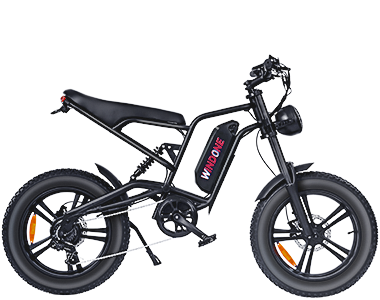
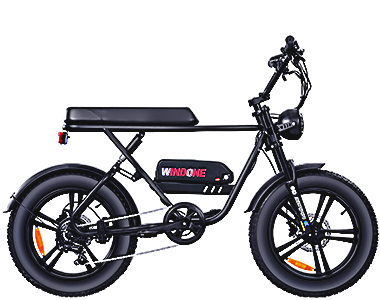
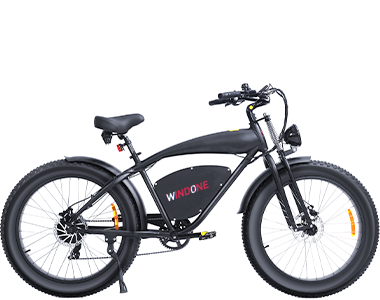
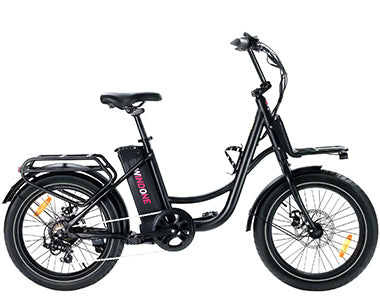
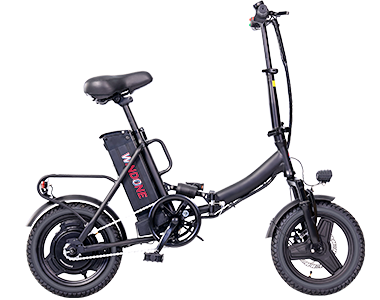
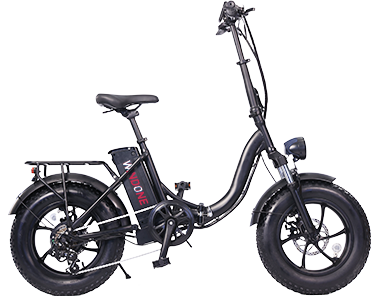


 Ebike Locks
Ebike Locks
 Phone Mount
Phone Mount
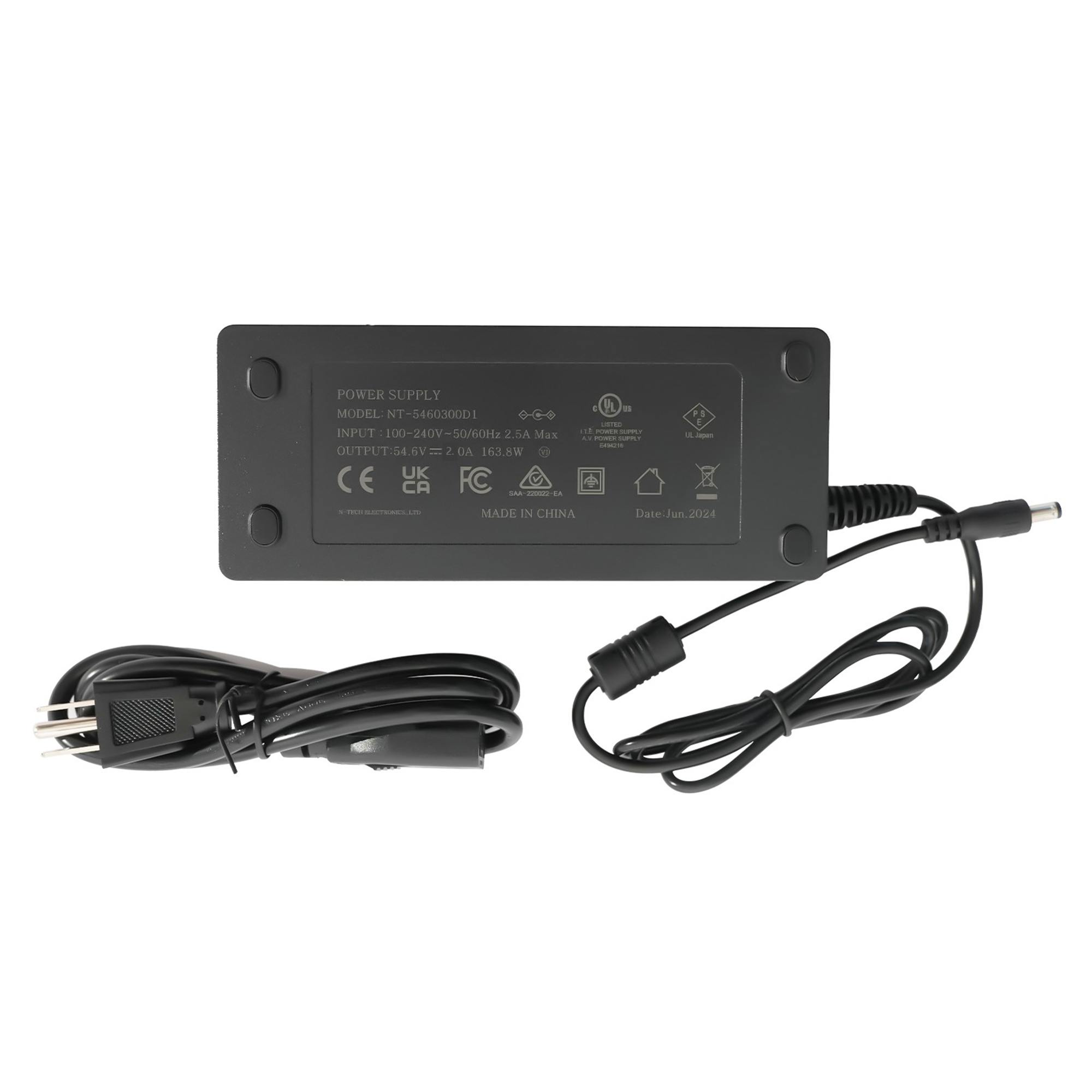
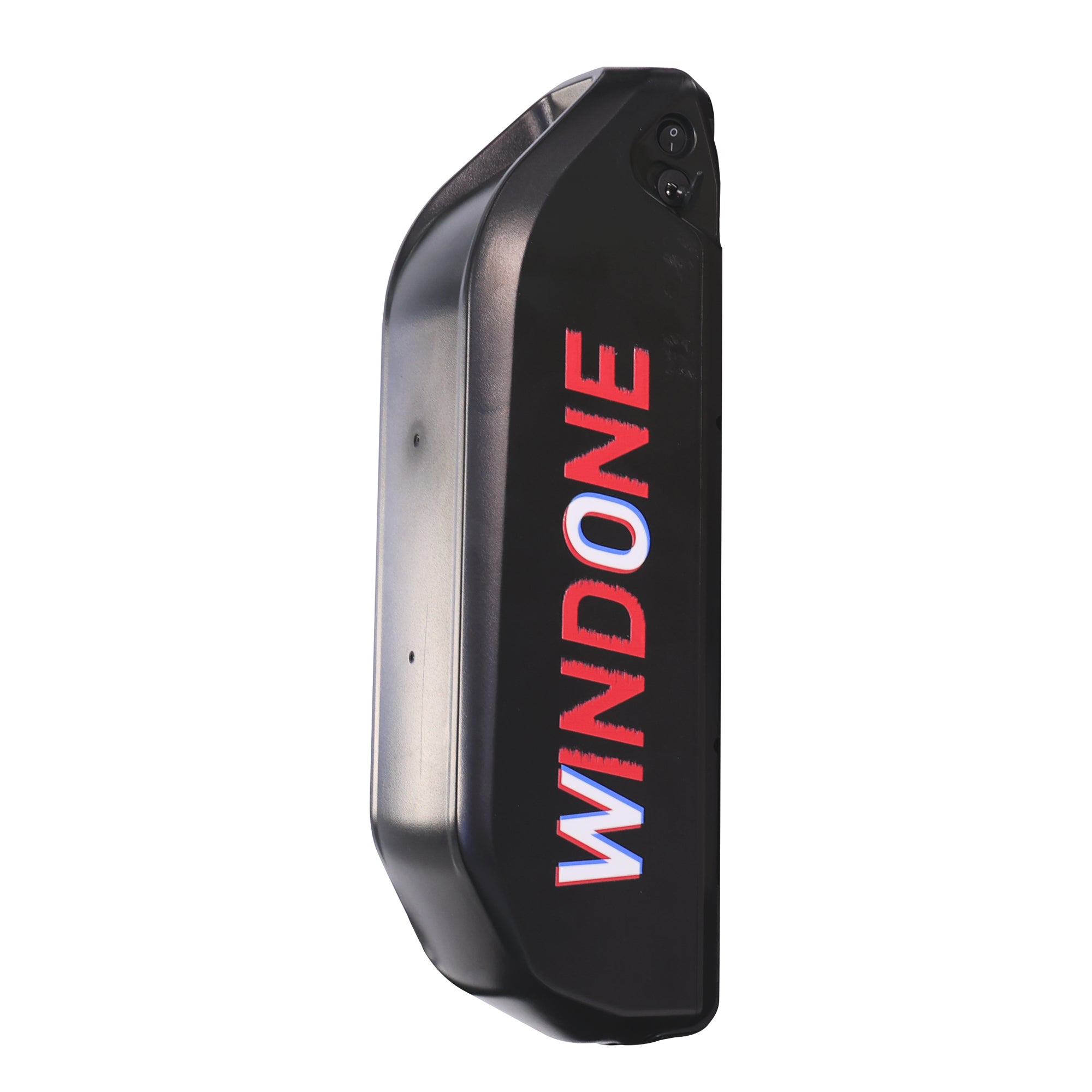
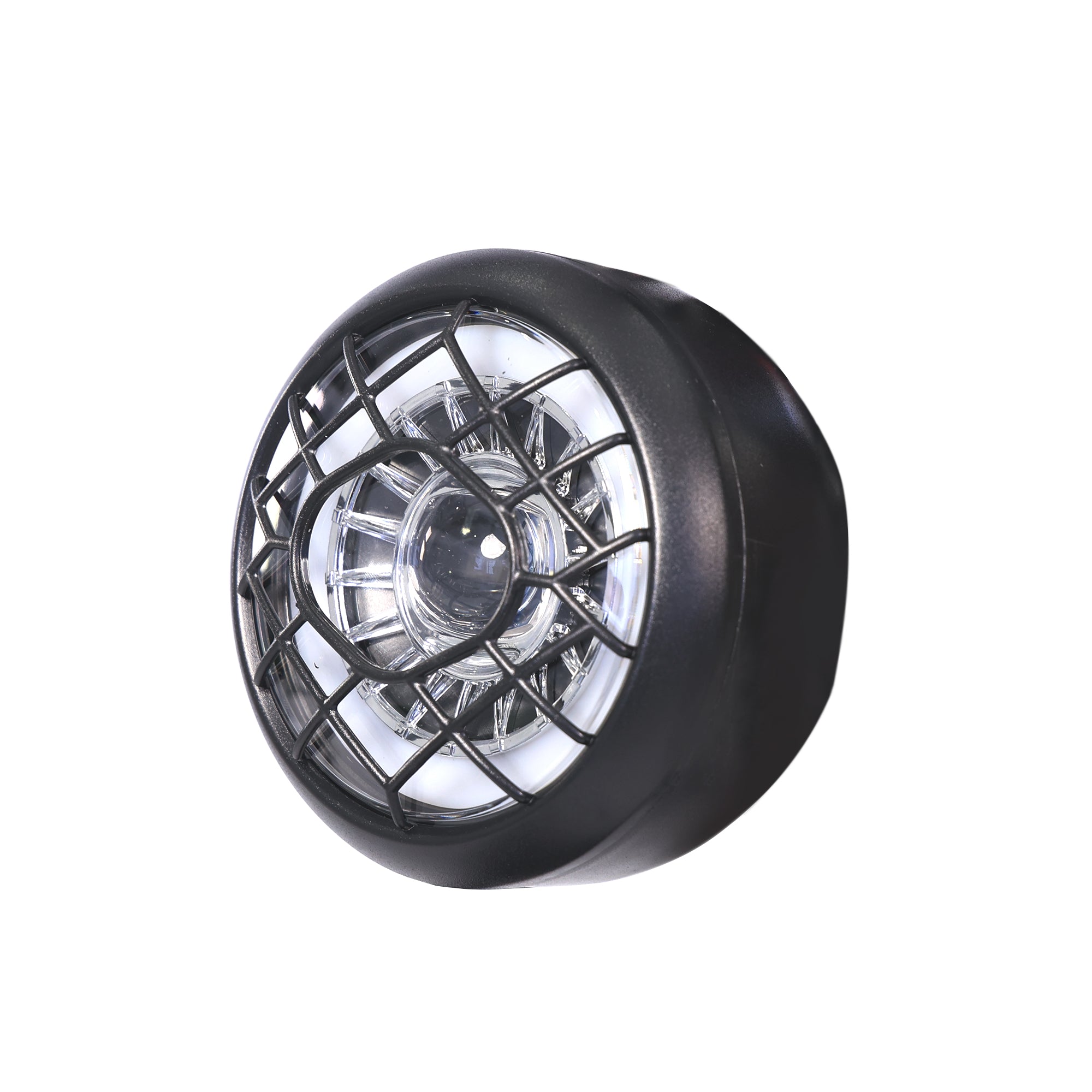
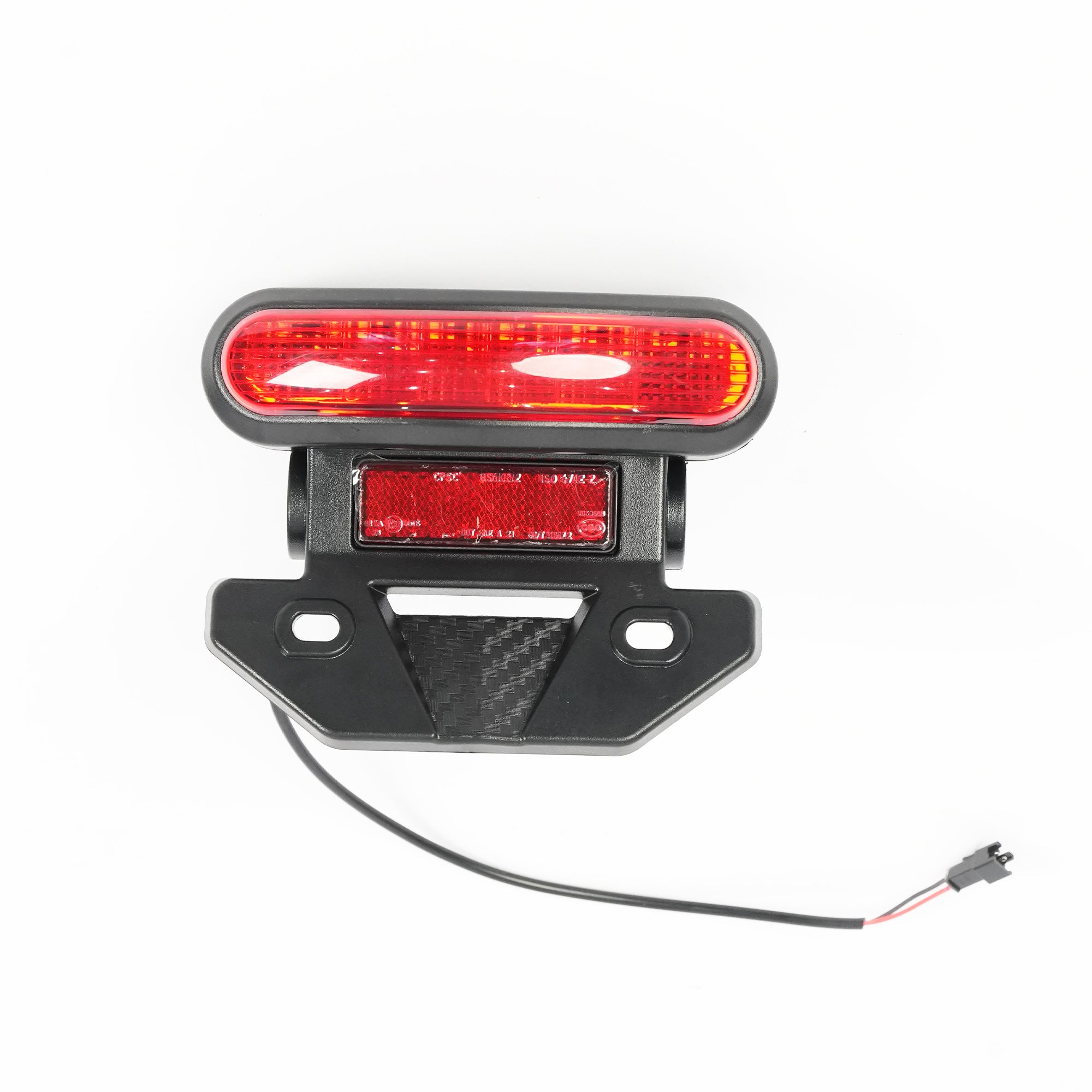
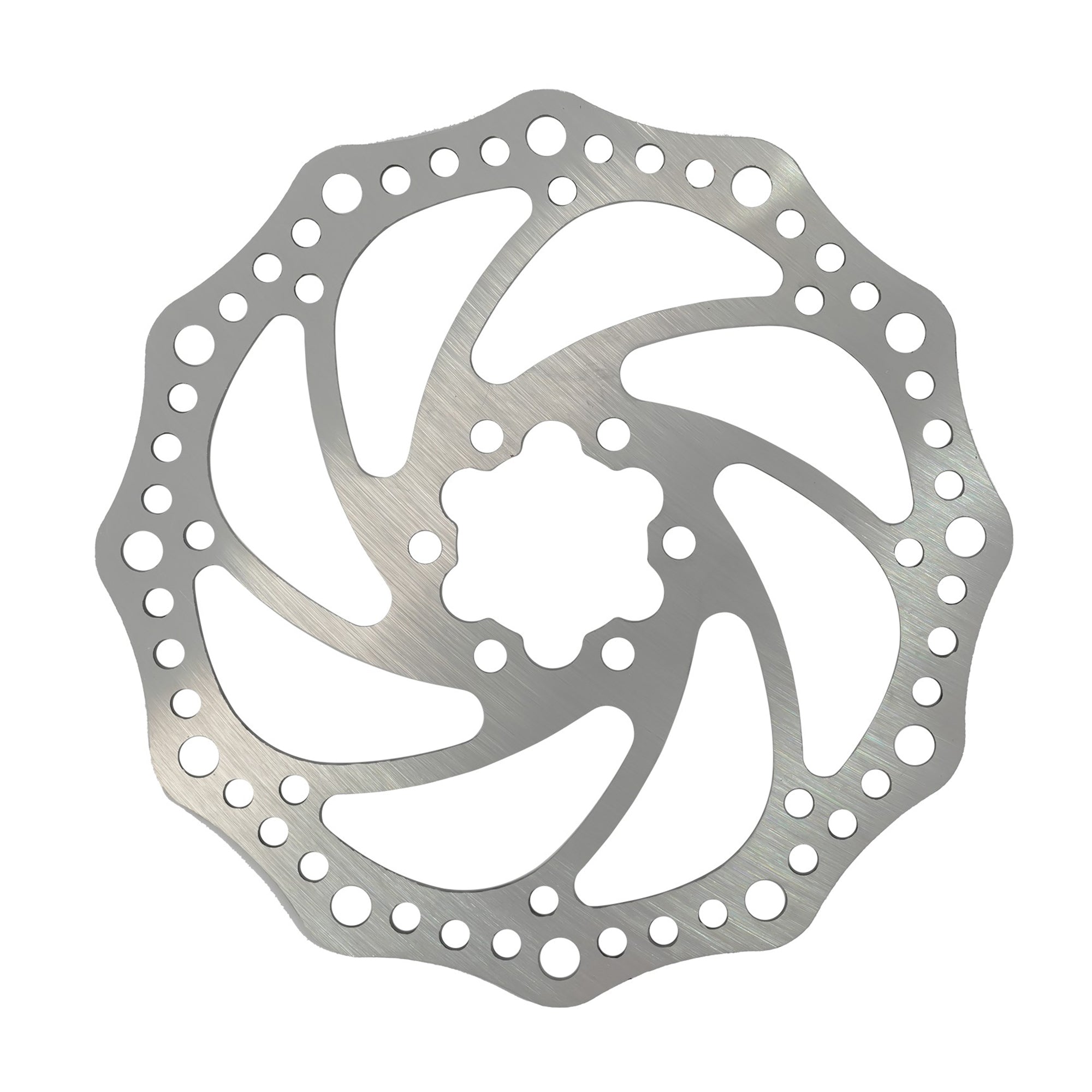
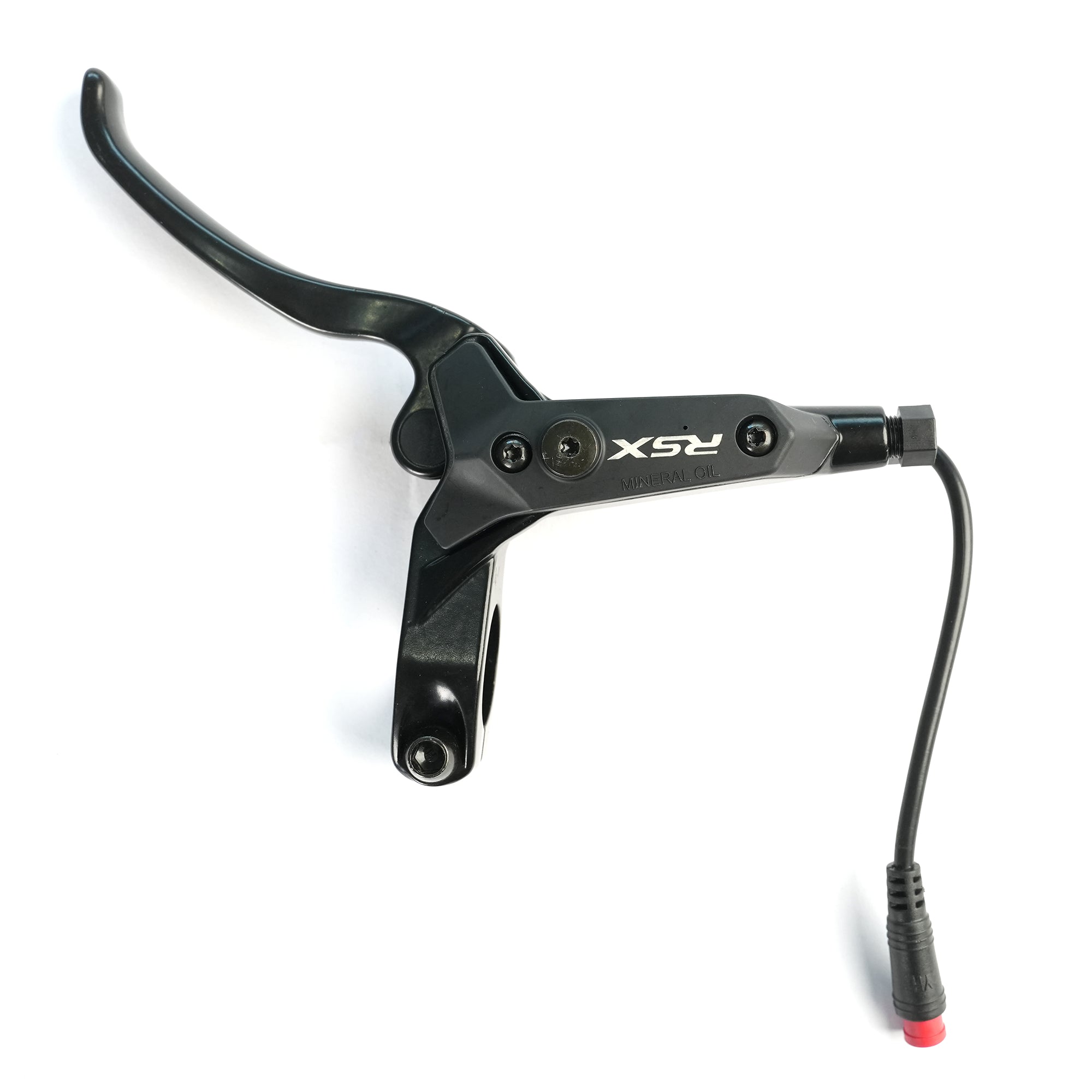
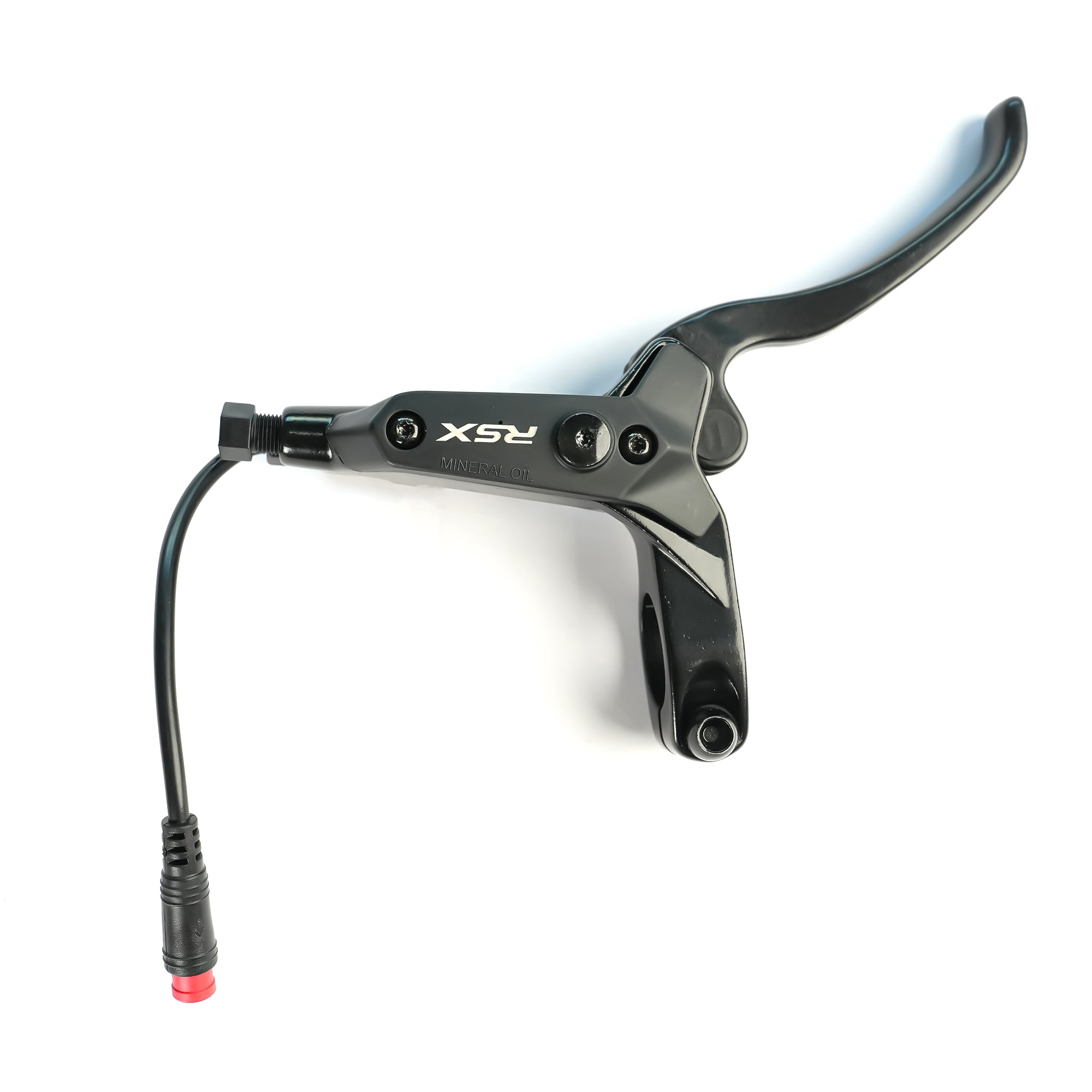
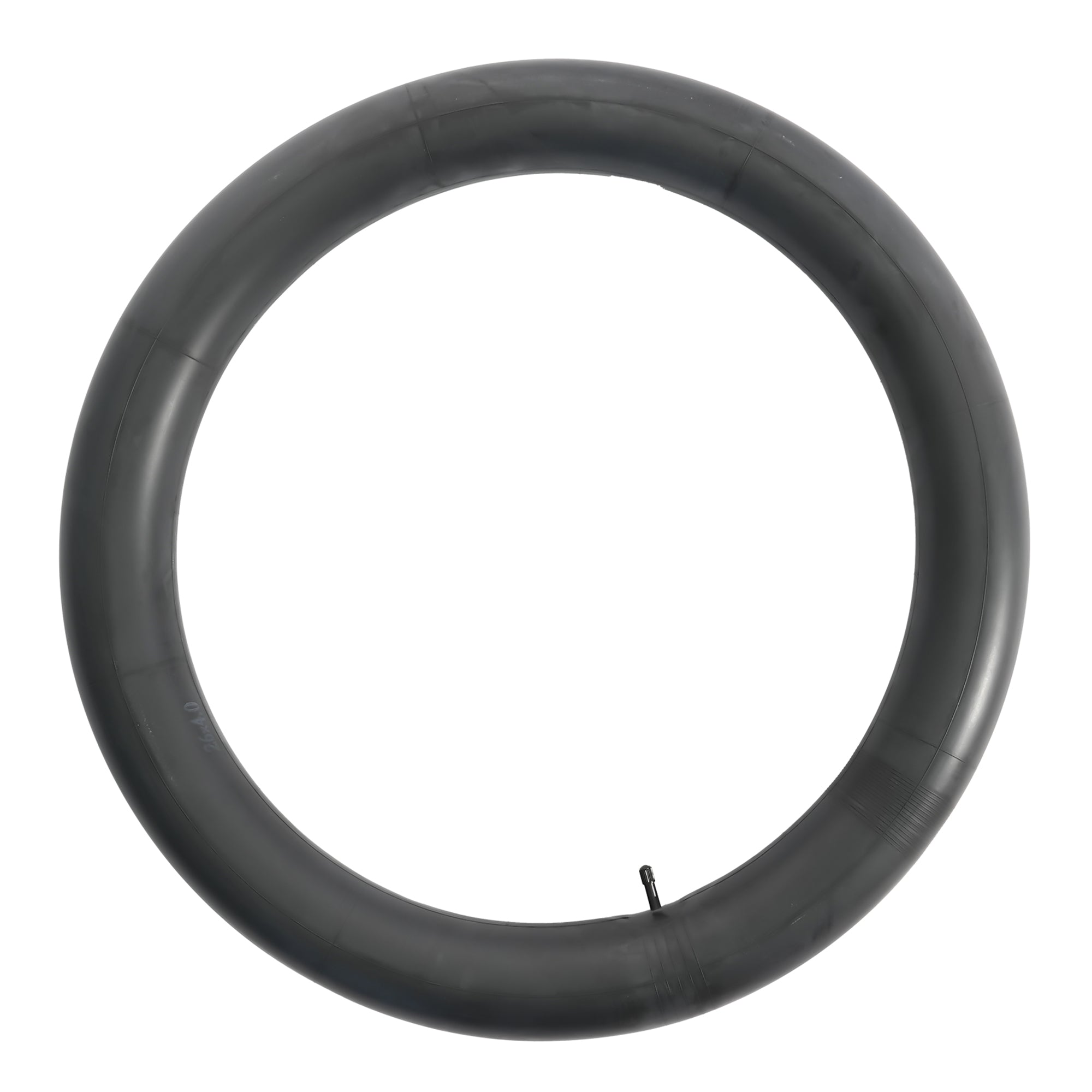
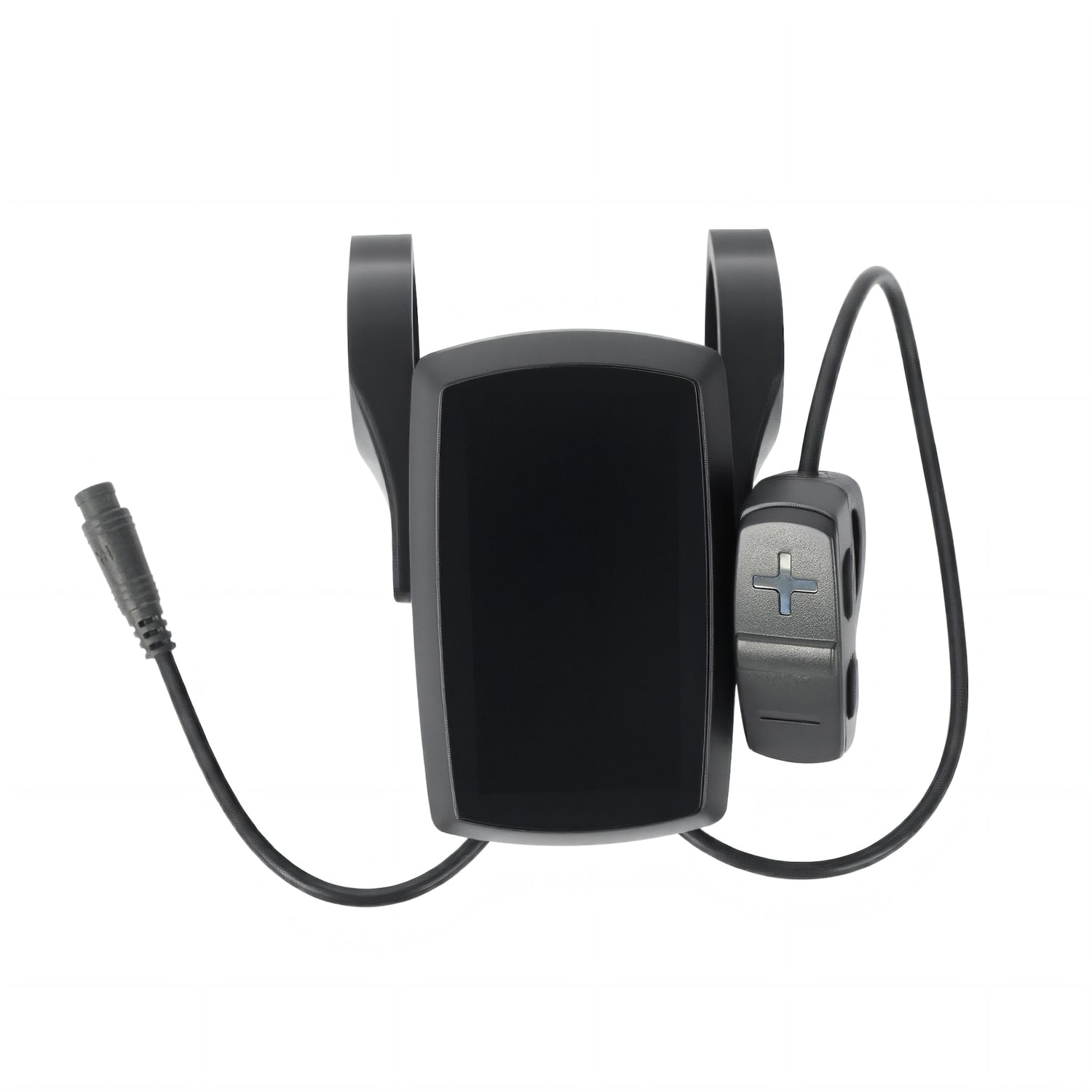
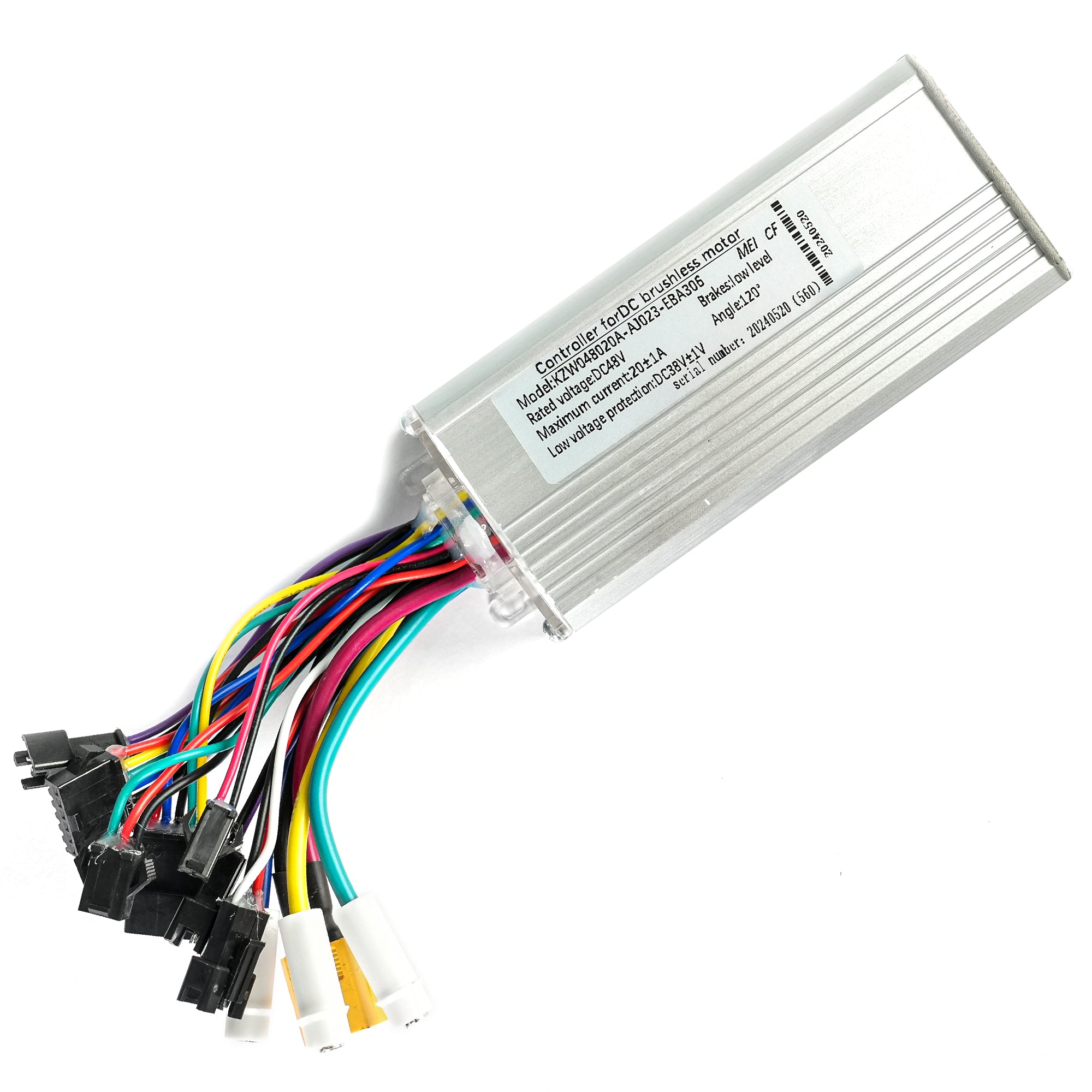
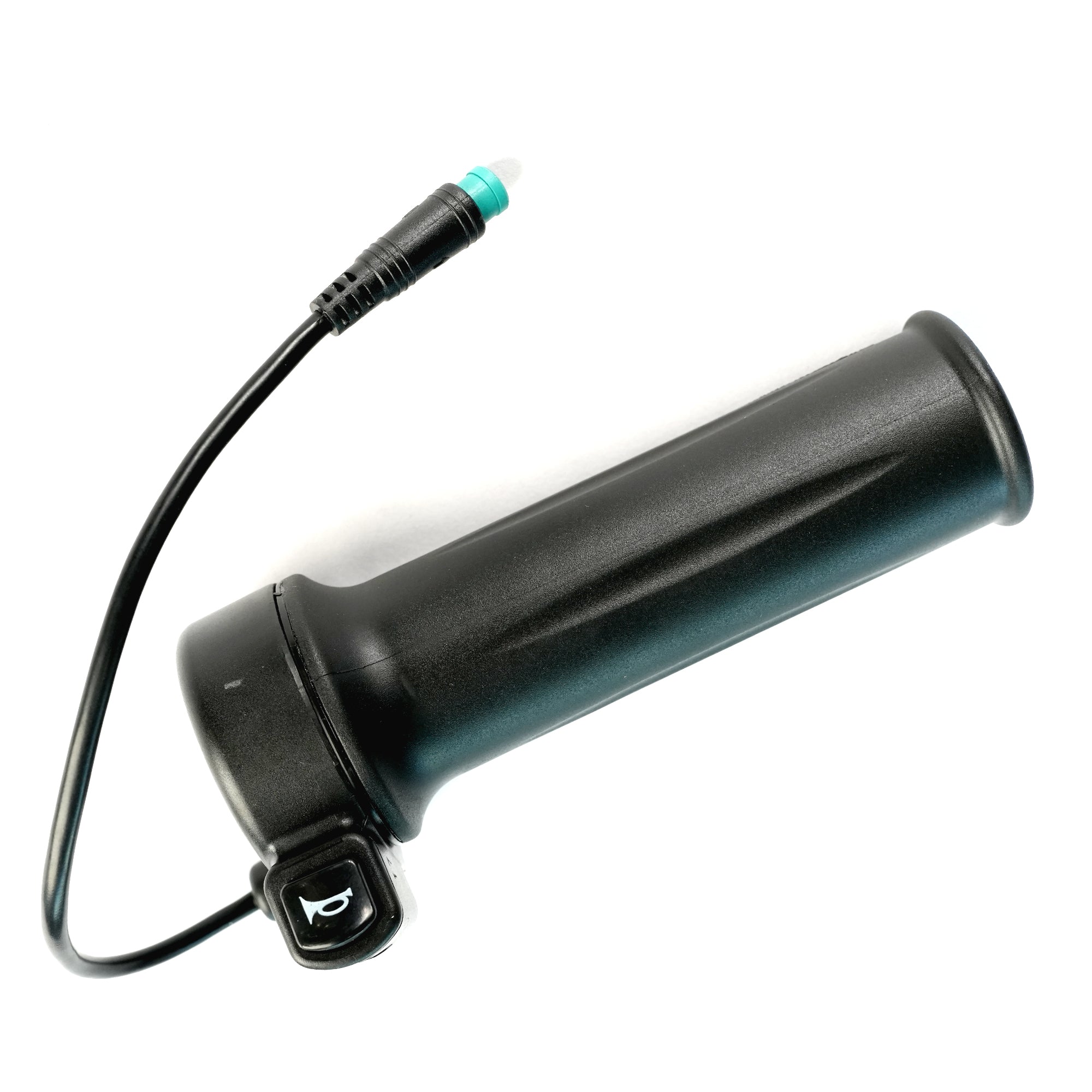
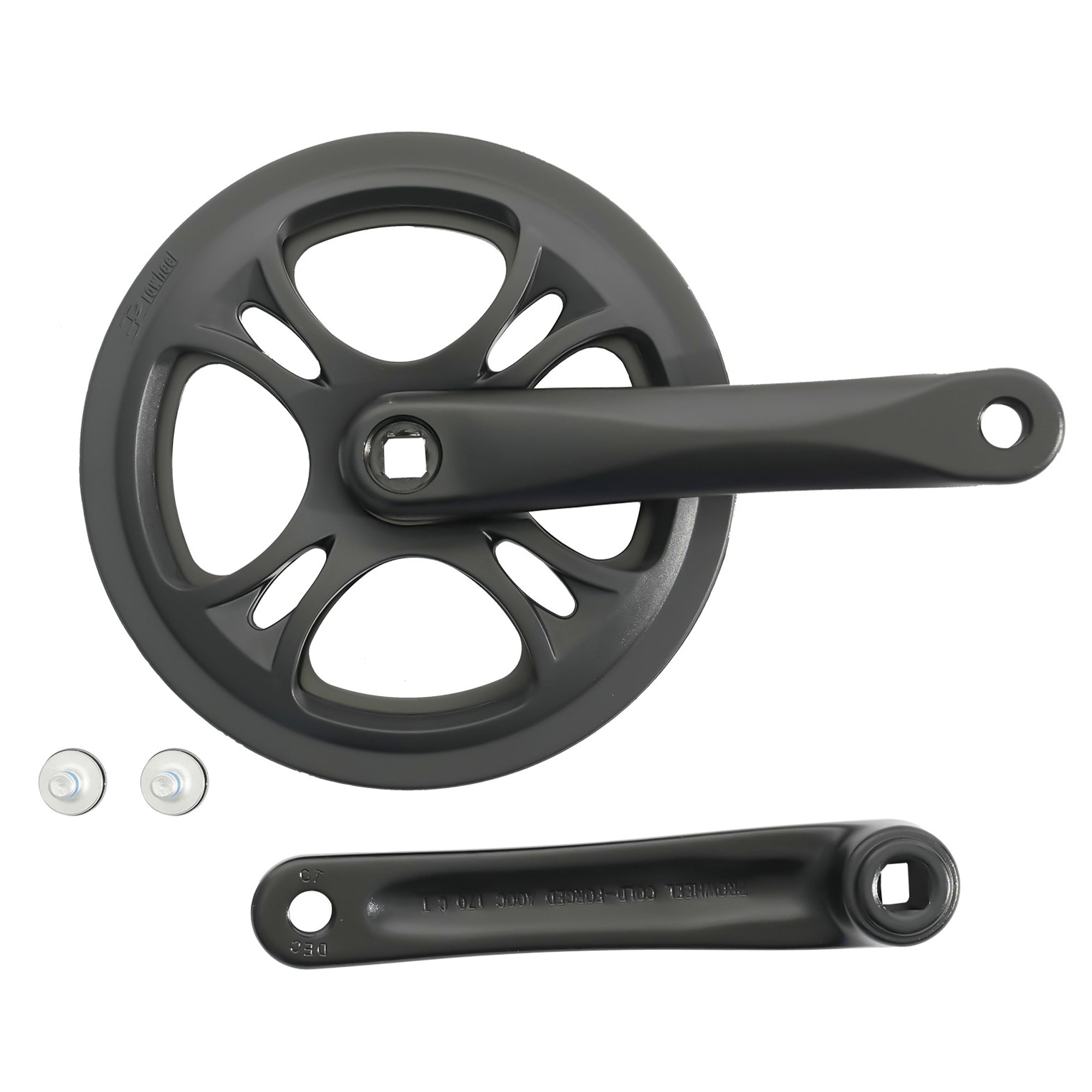
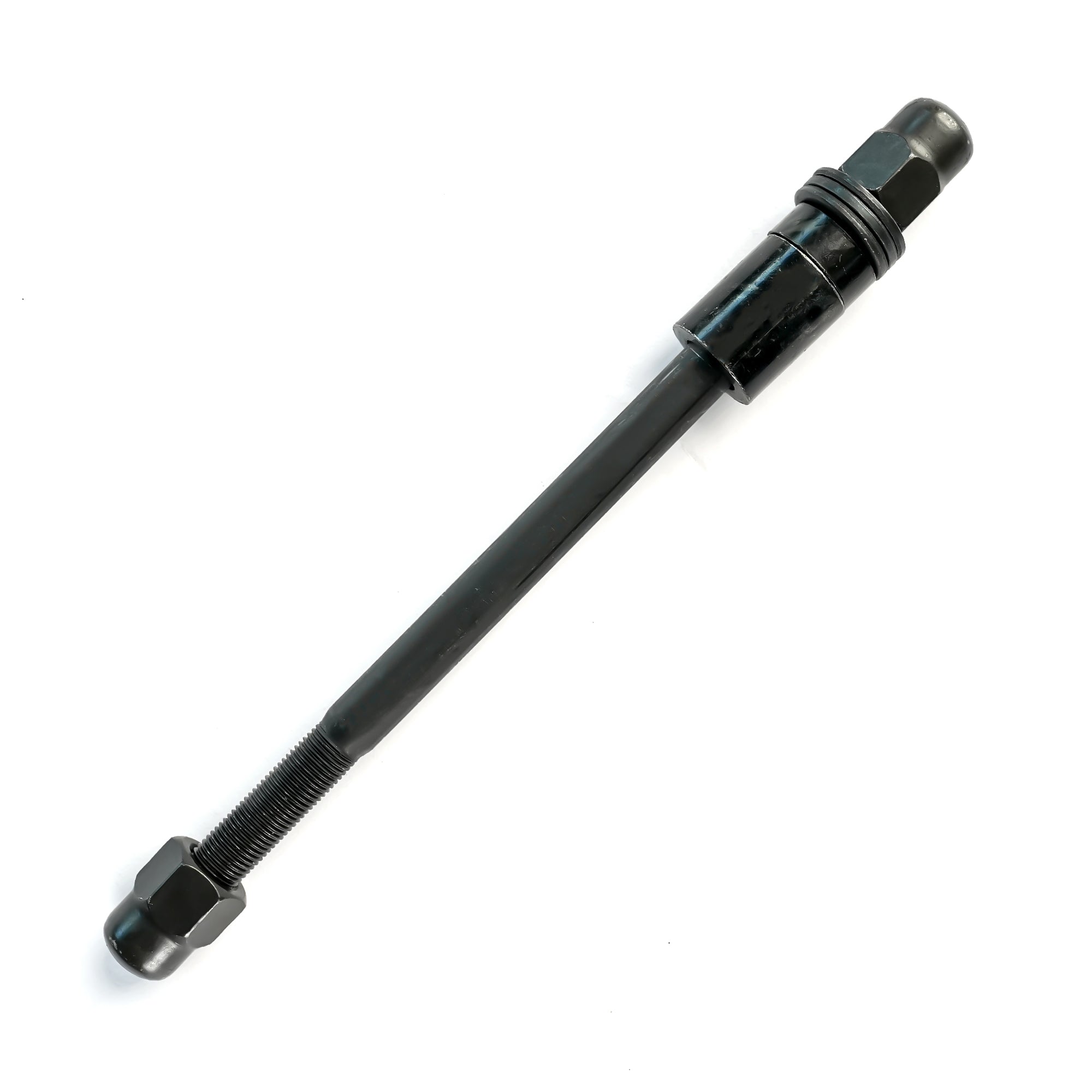
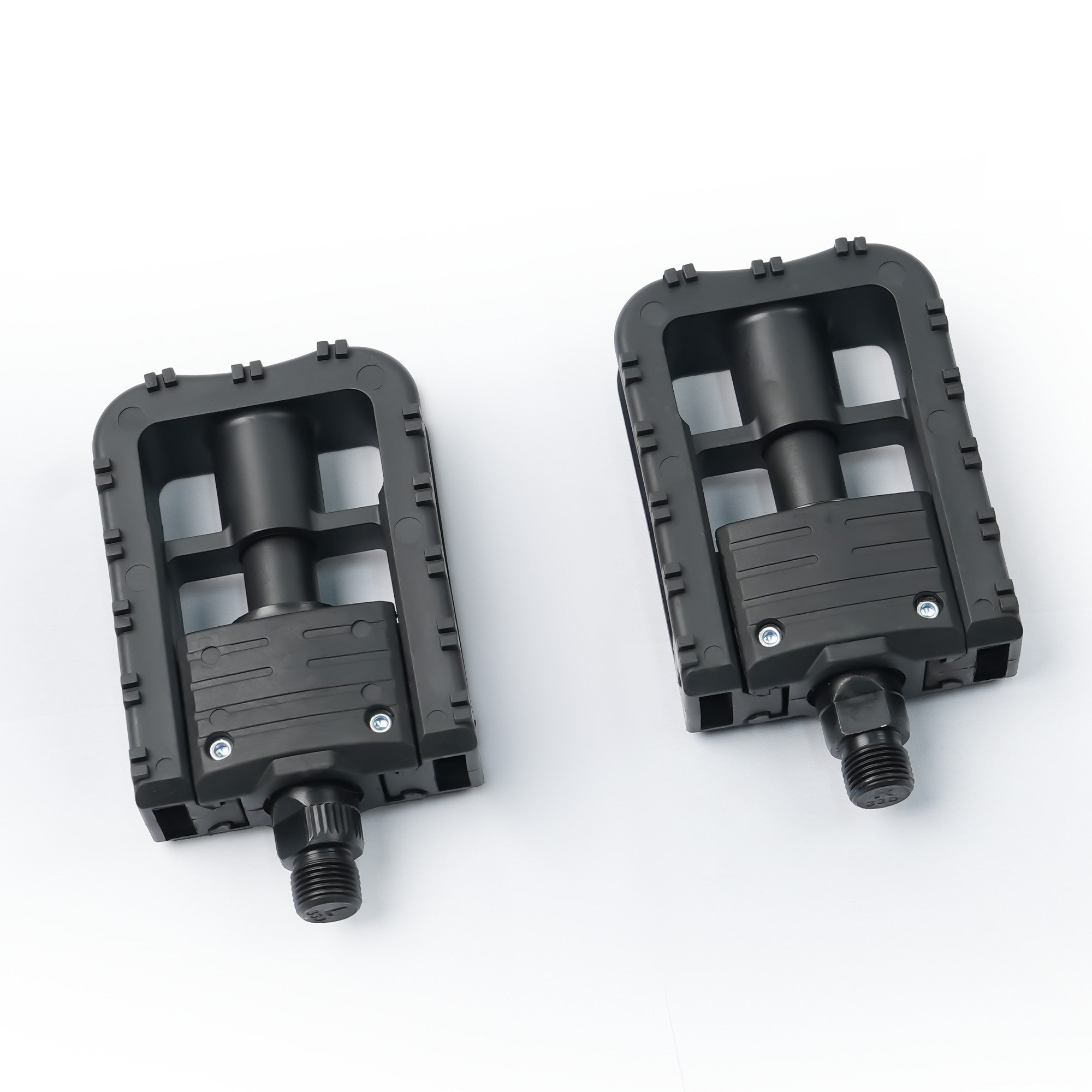
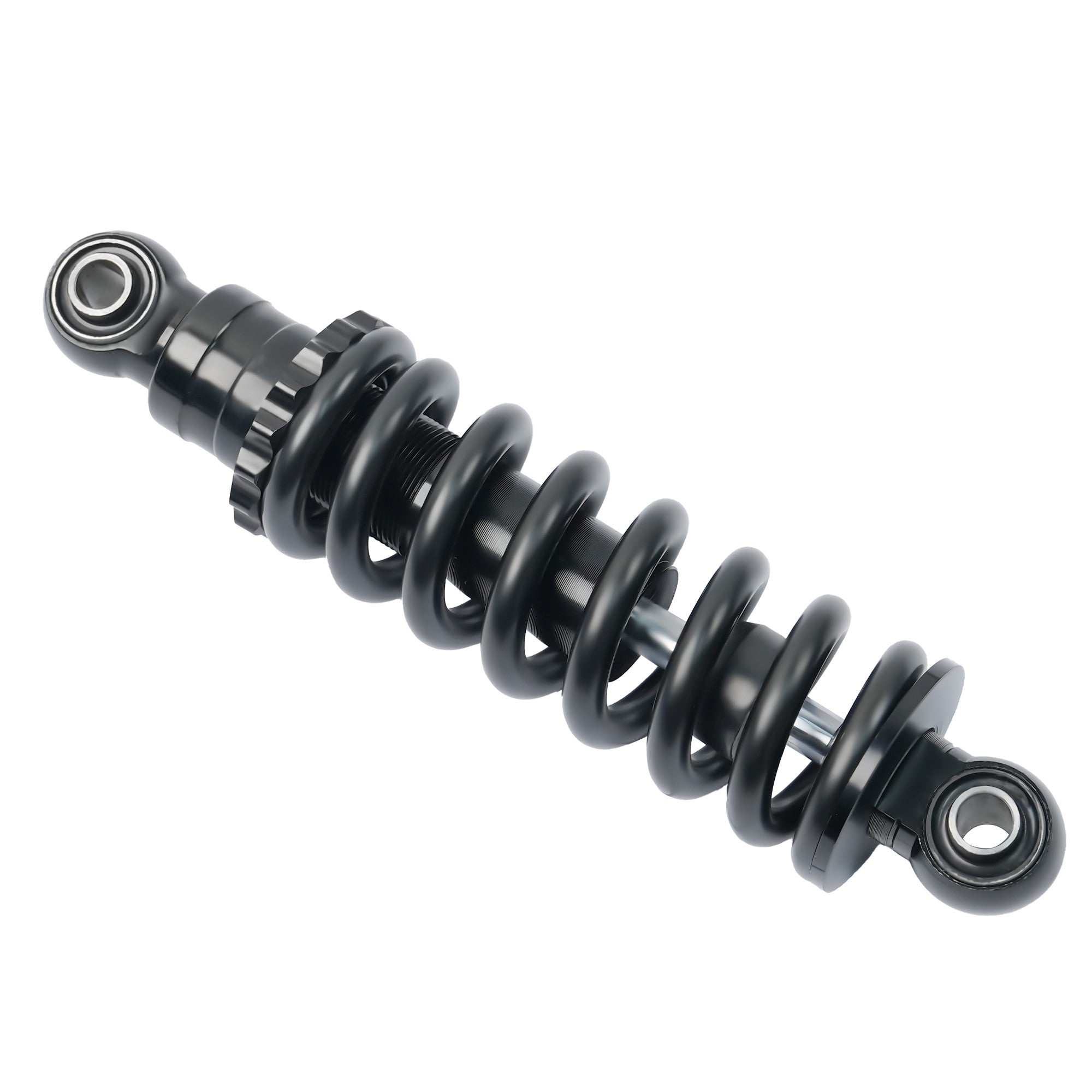
 Payment
Payment Afterpay Financing
Afterpay Financing Warranty
Warranty Shipping Policy
Shipping Policy Exclusive Discounts
Exclusive Discounts Track Your Order
Track Your Order Return & Refund
Return & Refund Referrals & Membership
Referrals & Membership User Manual
User Manual Contact Us
Contact Us FAQs
FAQs